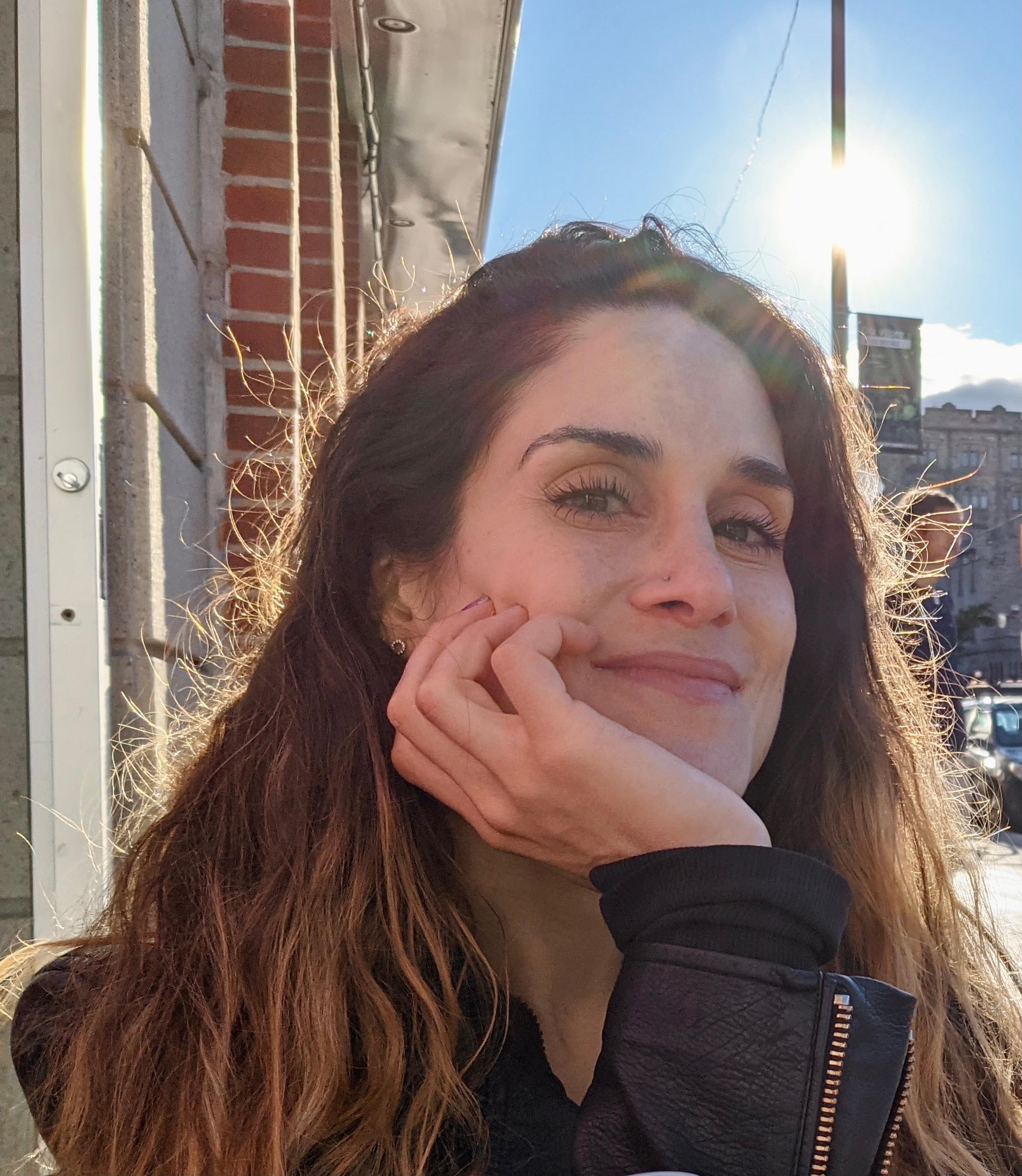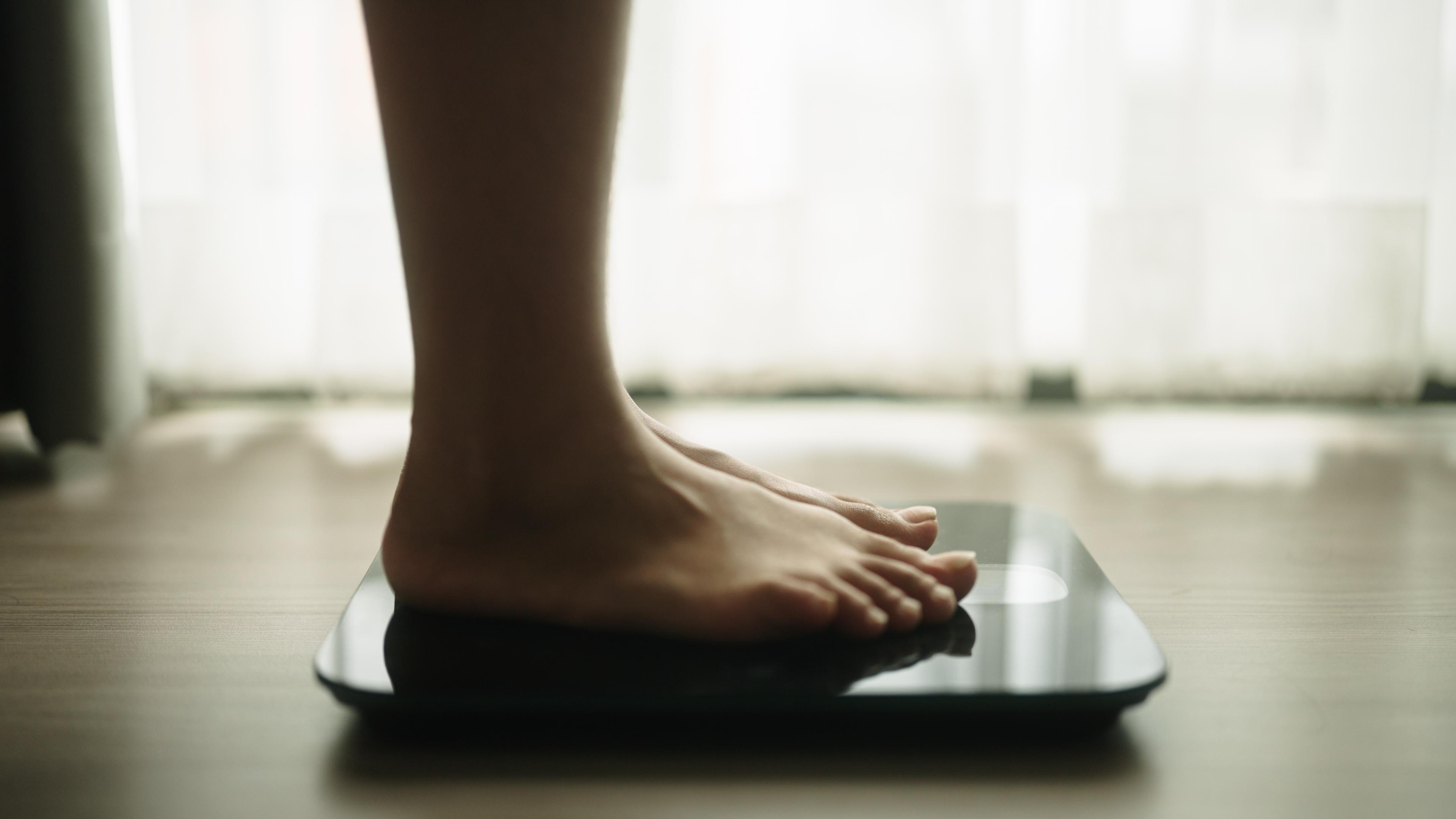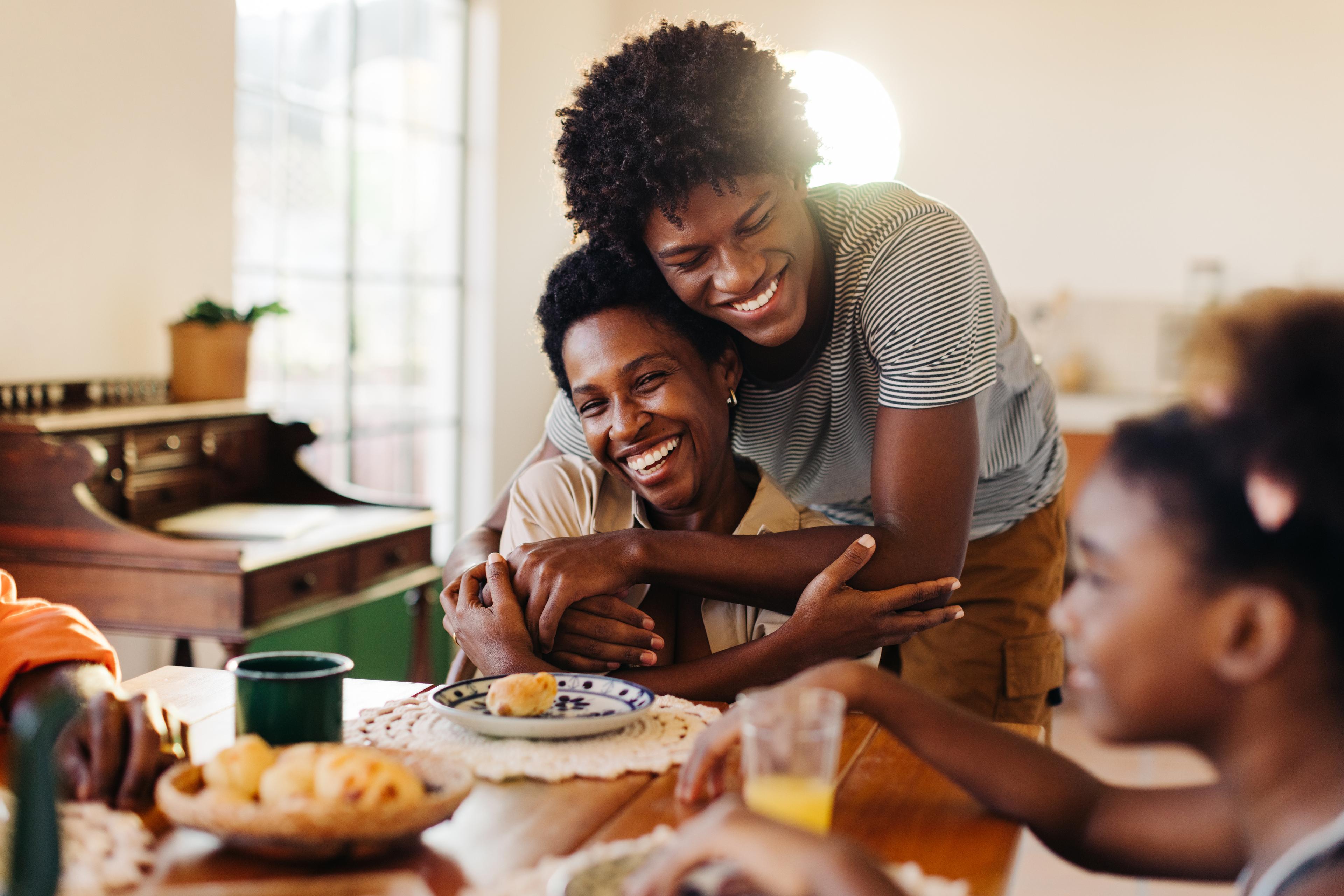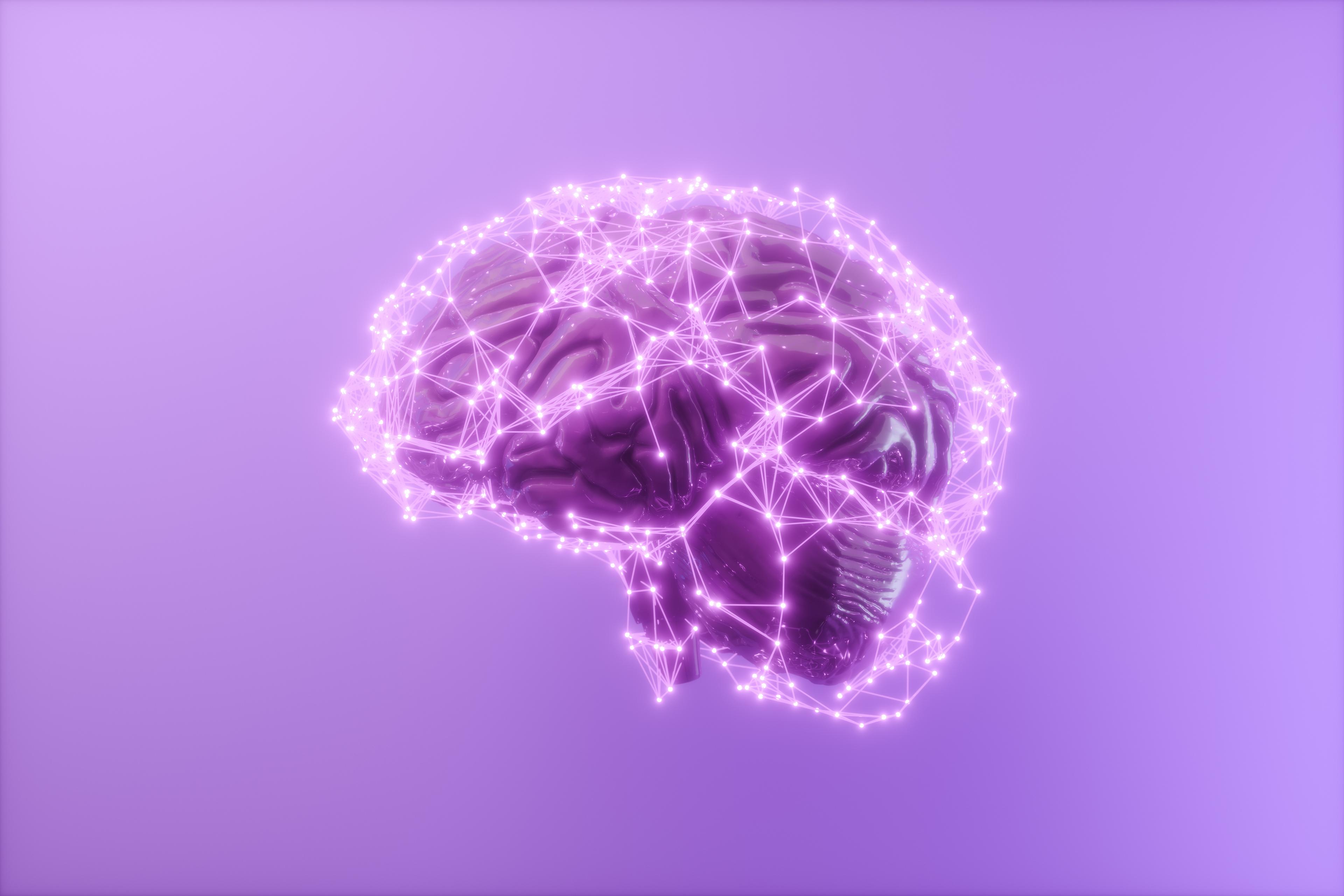
One thing we know about eating disorders is that members of the 2SLGBTQIA+ community face unique and significant social, cultural, and psychological challenges and may be more likely to develop eating disorders.
“Queer folks receive messages on a daily basis that their bodies and core identities are unacceptable, unimportant, or at worst, repulsive,” says Equip therapist Carise Rotach. “Layer these messages with eating disorder thoughts — both internal and externally confirmed by society — and it can often feel like they are swimming upstream.”
According to Rotach, while all members of the 2SLGBTQIA+ community are subject to some level of discrimination, BIPOC individuals have even more systemic odds stacked against them. “For BIPOC queer folks, eating disorders can go unnoticed, undiagnosed, or unacknowledged, but other triage safety issues take precedence,” she says. “Friends and family of queer-identified folks — particularly BIPOC queer folks — can do best by their loved ones by truly seeing all facets of the individual and encouraging full spectrum treatment.”
“Some of the unique challenges that the BIPOC 2SLGBTQIA+ community face is having to go the journey of recovery alone,” adds Pita Meanata, Equip Peer Mentor. “Many people in the BIPOC queer folks have had to remove or distance themselves from their family units in order to protect themselves and in doing so miss out on some of the financial and emotional safety nets. So support from friends and family is incredibly crucial.”
Equip therapist Lainy Clark says another unique challenge the 2SLGBTQIA+ community faces is the lack of research on prevalence rates, treatment strategies, and more. “Most data on eating disorders does not directly look at the experiences of 2SLGBTQIA+ identifying folks,” she says. “In light of this, friends and family can be so crucial to care and recovery simply because they know their loved one best. Their support sends the message that their loved one is worth fighting for and their life is worth living. With suicide rates highest in the 2SLGBTQIA+ community, knowing loved ones that affirm their identity and value of life is vital.”
If you know a loved one is struggling with an eating disorder—or you suspect they may be suffering in silence—you may be at a loss for how to show support. While there are many factors that contribute to effective treatment and lasting recovery (including gender-affirming, queer-affirming, anti-racist care, according to Rotach), acting as an advocate for your loved one can have a tremendous impact.
If you’re not sure where to start, here are what experts with professional and/or lived experience have to say about showing support for 2SLGBTQIA+ people when it comes to eating disorder treatment:
Listen and ask questions before you act.
“The best way to show support is to listen and affirm,” Rotach says. “Use their identified pronouns. Use their name. Listen to their experiences and believe them when they indicate how the world views them. Don’t assume that everything is related to their queer identity but also don’t assume that what they are experiencing is outside of their queer identity. Let them tell their story and ask them how you can remove barriers to care for them.”
Meanata agrees that it’s important to ask questions first. “I find it uncomfortable when people are trying so hard to connect with me by projecting what they think I might be into based on my identity, but are worried about saying the wrong thing. The energy is very palpable.” says Meanta. “You don't have to make assumptions, you can just ask. If you come in with the energy of wanting to connect, you are probably more likely to connect.”
Be aware of the healthcare obstacles 2SLGBTQIA+ members often experience.
One essential component of successful treatment is gender-affirming care, which treats individuals holistically, supporting and affirming their gender identity when it conflicts with the gender they were assigned at birth. Unfortunately, this isn’t always available, affordable or accessible to those who need it.
“Gender affirming care starts with a conversation with each person about what their pronouns are, what their identity is and what it means to them,” Clark says. “It involves being unassuming, curious, and open-minded. This is so important in the context of eating disorder recovery because we have to understand people as a whole person. Affirming care in general should include the journey each person experiences, the adversities they have faced, and the beliefs they have about themselves. When those in the healthcare world lack this piece, they lack a critical part of a person’s life and story that could contribute to their problem and their solution.”
Equip peer mentor Alexander Thixton says that gender affirming care ideally does not involve automatic attribution or assumption of gender. “Patients are given space to freely question their gender without judgment and providers do not expect their patients to educate them on trans issues, and either come with an understanding of trans issues or are willing to learn on their own time,” Thixton explains.
Know that trans people face distinct challenges in getting care.
Thixton says one particular issue to be aware of if you are supporting a trans person through their recovery journey is a phenomenon known as “trans broken arm syndrome,” which describes a scenario in which a trans person seeks medical care for something wholly unrelated to being trans yet the issue ends up being linked back to their gender journey.
“This is a really common phenomenon, and sometimes ends up happening even to the most well-intentioned providers,” Thixton says. “I wish more providers knew how serious this can be because a lot of trans people do not want to go back to providers who are insensitive with regards to their trans status; this can lead to people being underdiagnosed and untreated, which is very dangerous, especially considering the prevalence of eating disorders in the trans community.”
Equip peer mentor Ethan Lopez says finding competent medical professionals educated in 2SLGBTQIA+ issues can be a critical piece of the recovery process. “I wish more healthcare providers knew that being trans affects everyone’s recovery differently,” Lopez says. “For some it may be a key component in their relationship with their ED through gender dysphoria, but for others it may not even play a role.”
Thixton adds that for trans people who do experience body image issues connected to gender dysphoria (which can be defined as distress or discomfort due to the misalignment between a person’s sex assigned at birth and gender identity), additional, intensive body image work may be necessary. “Support from friends and family can help the person in recovery feel affirmed in their gender, which can help greatly ease dysphoria,” Thixton says. “Support from friends and family also can help the person in recovery feel accepted as they are, and give them somewhere to go if they need someone who just ‘gets it’ to talk to.”
Know that small actions can mean a lot.
“You can show your queer/2SLGBTQIA+ loved ones that you care by showing them that you are there for them throughout their recovery process,” Lopez says. “I loved receiving snail mail or handwritten letters that reminded me I was not alone in my struggle and I do have a support system of chosen family. I’ve kept every letter that my friends have written to me throughout the years and I like to read them when I’m feeling low.”
Advocate for BIPOC individuals in the 2SLGBTQIA+ community and openly honor the origins of Pride.
Whether you are trying to support a specific person in your life or not, Rotach says it's imperative that we all do a better job of acknowledging BIPOC individuals within the 2SLGBTQIA+ community and making their experience visible.
“Pride that is not centered on queer folks of color is ignoring the history of Pride in our communities,” Rotach says. “Pride started as a riot. A Black trans woman against systemic violence and oppression threw the first brick which lead to widespread visibility and acknowledgment of queerness in our communities. Queer folks of color continue to be the targets of anti-2SLGBTQIA+ legislation, violence, and erasure. We all do better when we all do better.”
Whether you show your support with one of the tips listed here or you find your own way to demonstrate your advocacy and care, know that your presence can make all the difference in a loved one’s recovery. “A person with an eating disorder is consumed by an illness that likely steals their soul, their being, their joy, and potentially, their life,” Clark says. “They need a community that knows their loved one is still there, who remembers when their faces lit up with joy, and who won’t let go of the hand that is cuffed to an unforgiving ED.”








